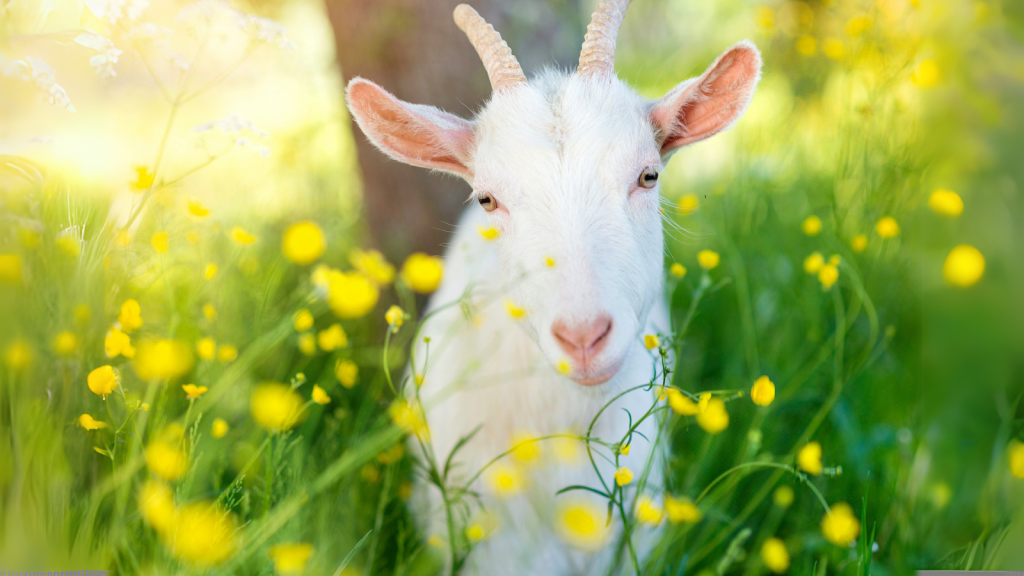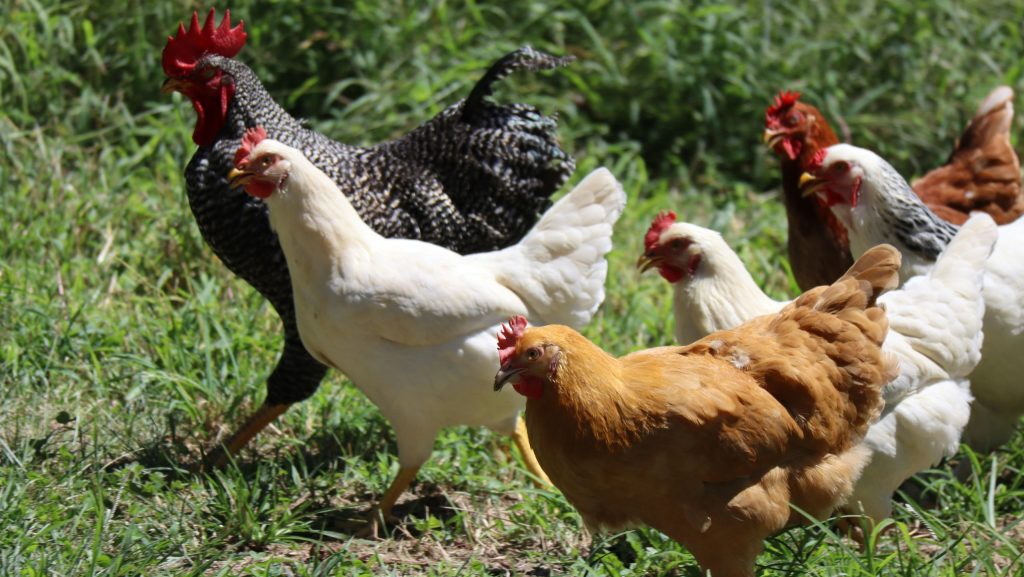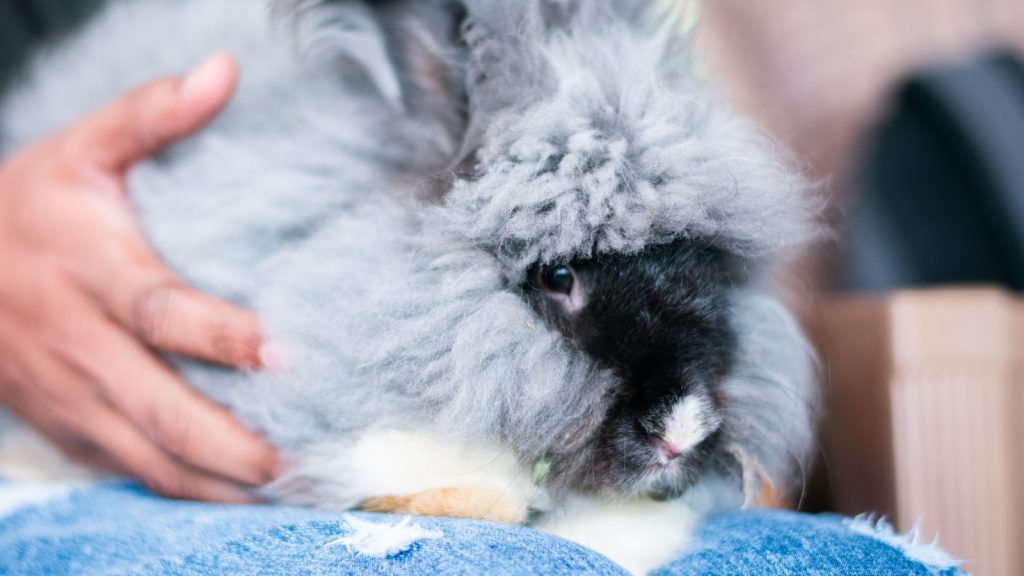We love our goats, but there’s a steep learning curve when you first bring these mischievous creatures home. No matter how many books you read or YouTube videos you watch, nothing quite prepares you for the reality of daily goat keeping. After years of trial and error (and plenty of fence repairs), I’ve compiled a list of things I desperately wish someone had told me before I brought home my first herd.
1. Fencing Is Your Most Important Investment
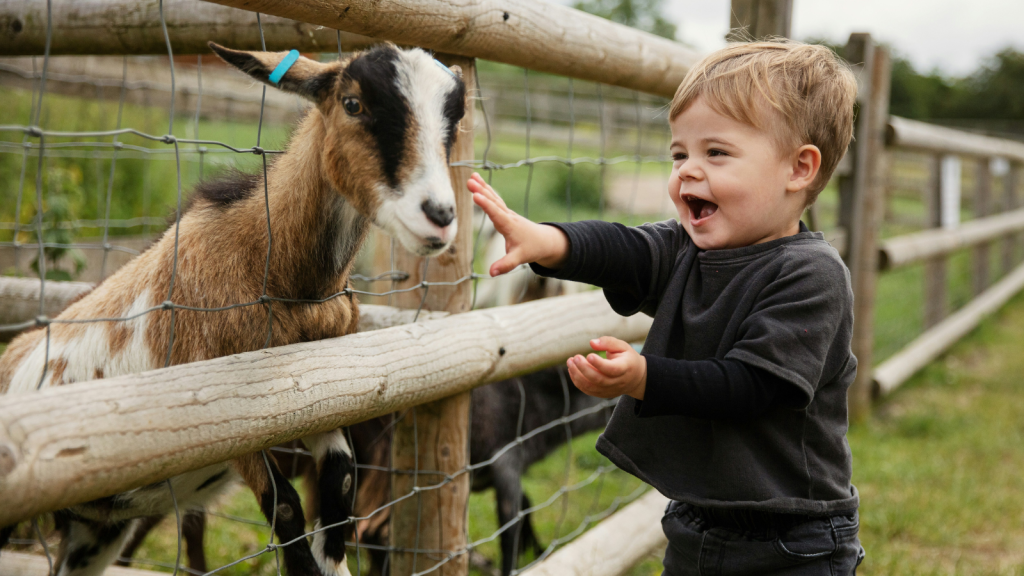
If there’s one thing I learned the hard way, it’s that goats are escape artists extraordinaire. That “goat-proof” fencing you think will work? Your goats will likely prove you wrong within the first week.
Our first attempt at fencing was laughably inadequate. We used standard field fencing, and our Nubians had it pushed down within days. Goats will test every inch of your fence line, lean on it, rub against it, and somehow find the one weak spot you missed.
Invest in proper fencing from the start – at least 4-foot high welded wire or high-tensile electric fencing with line posts no more than 8 feet apart. We finally settled on combination fencing: woven wire with a strand of electric at nose height and another at the top. This setup has saved us countless headaches and prevented unwanted breeding, garden destruction, and highway escapes.
2. Goats Need Companions
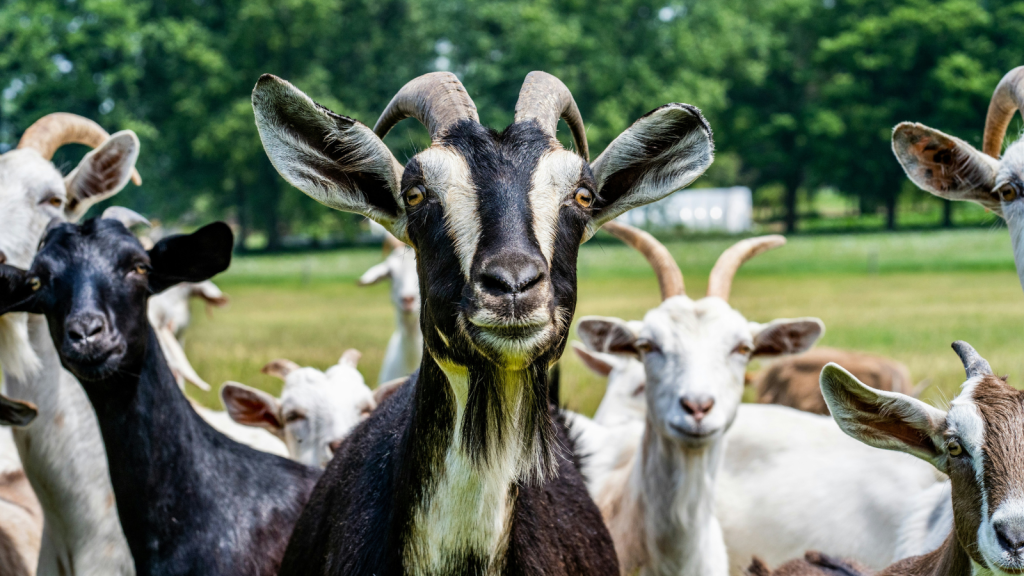
Goats are intensely social creatures. A lone goat is a depressed, anxious goat. When we started, we thought one doe would be fine until we could afford another. Big mistake. That poor doe bleated constantly, refused to eat properly, and became visibly stressed.
Always get at least two goats. They need their own kind for proper social development and mental health. Even with daily human interaction, goats require goat companions. Our herd now maintains a natural hierarchy, and they’re much calmer and healthier for it.
3. Browse vs. Grass – Goats Aren’t Lawn Mowers
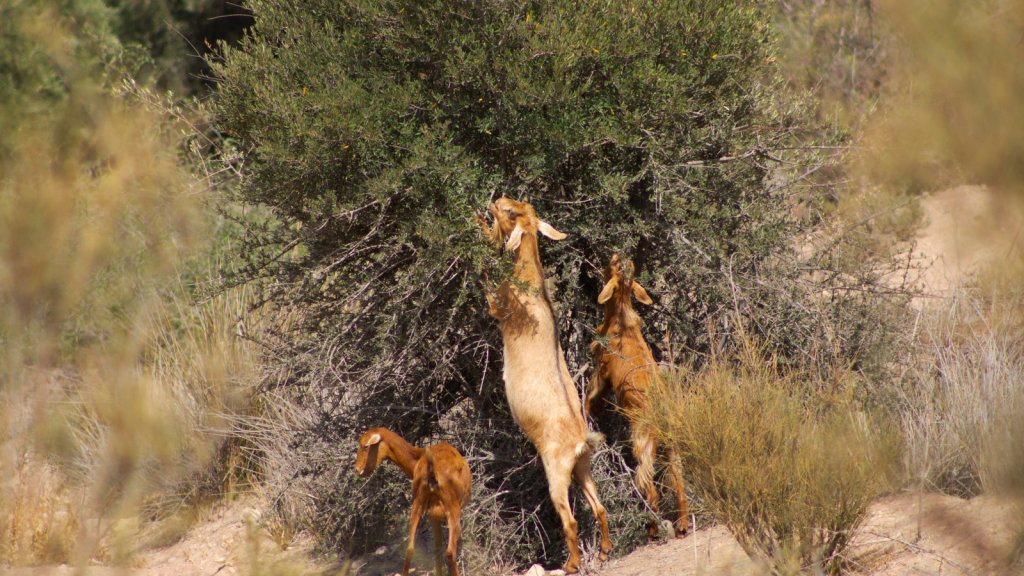
Despite popular belief, goats aren’t the living lawn mowers many people expect. Our first summer, we thought our goats would keep our field nicely trimmed. Instead, they ignored the grass and decimated our young fruit trees.
Goats are browsers, not grazers. They prefer woody stems, leaves, and weeds over grass. They’ll reach up (often standing on their hind legs) to strip bark and leaves from trees and bushes. This means they can clear brush wonderfully, but they make terrible lawn mowers.
We now provide fallen branches, rotate their browse areas, and protect any trees or shrubs we want to keep. Understanding their natural feeding behavior will save you disappointment and dead plants.
4. Copper Deficiency Is Common and Serious

This was something no one warned me about, and it cost us dearly with our first doe. Goats need copper – much more than sheep – but many commercial feeds and mineral mixes don’t contain adequate amounts.
Signs of copper deficiency include rough, faded coats, “fish tail” (hair loss at the tip of the tail), anemia, and reduced milk production. Our black goat turned rusty red before we realized what was happening.
We now provide a free-choice mineral specifically formulated for goats (not sheep/goat combo), and in our selenium-deficient area, we give copper boluses twice yearly as recommended by our vet. The improvement in our herd’s health has been remarkable.
5. Goat Math Is Real
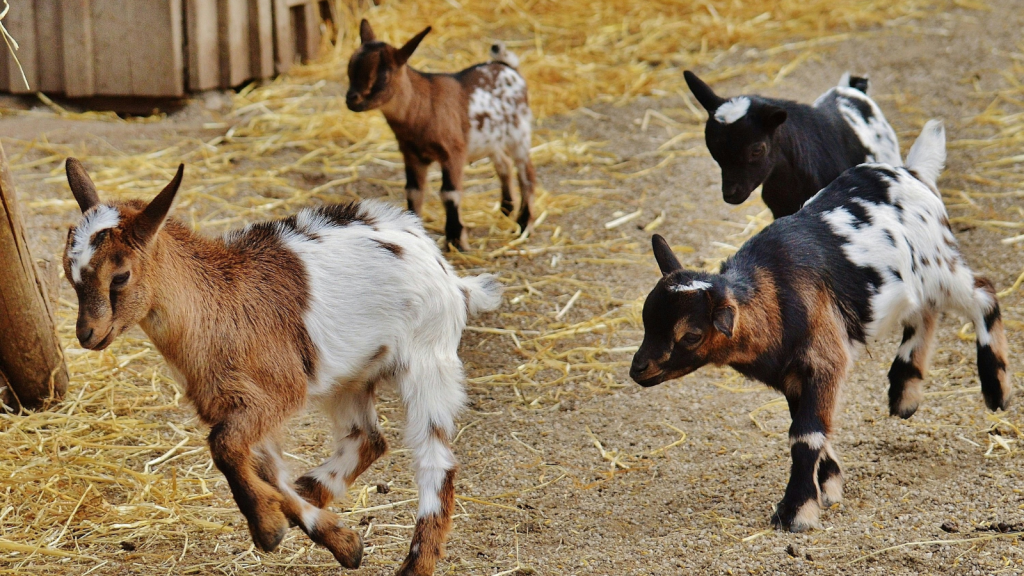
“I’ll just get two dairy goats for our family’s milk needs,” I said. Five years later, we have eleven goats and counting.
Goat math is an affliction that affects nearly all goat keepers. It starts innocently: you get two does, then realize you need a buck for breeding, but you can’t keep him with the does year-round, so you need a companion for him. Then your does have twins and triplets, and suddenly your “simple” setup has multiplied.
Have a firm plan for herd management before you start. Decide in advance how many animals your land and budget can support, and stick to it. Be prepared to sell or process excess animals, or your small hobby farm will quickly become overwhelmed.
6. Parasites Are a Constant Battle
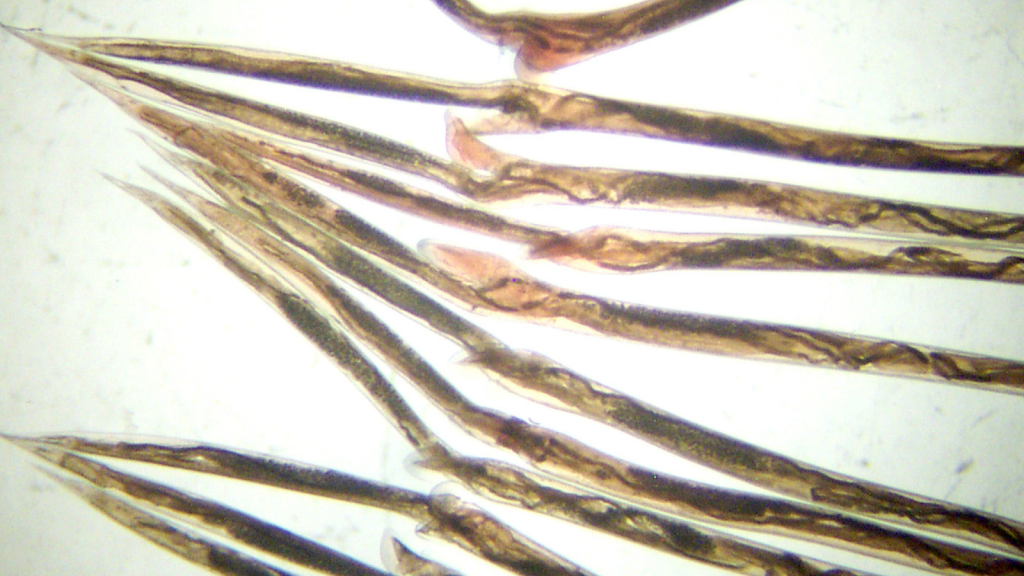
In our damp climate, internal parasites have been our biggest health challenge. Barber pole worm (Haemonchus contortus) in particular can kill a goat surprisingly quickly.
We learned to use the FAMACHA scoring system to check for anemia, implement rotational grazing, and maintain clean, dry housing. Regular fecal testing helps us deworm strategically rather than on a set schedule, which helps prevent parasite resistance.
Keeping parasites under control is an ongoing battle that requires vigilance and proper management. Don’t wait until you see symptoms – by then, it might be too late for effective treatment.
7. Bucks Stink Beyond Imagination
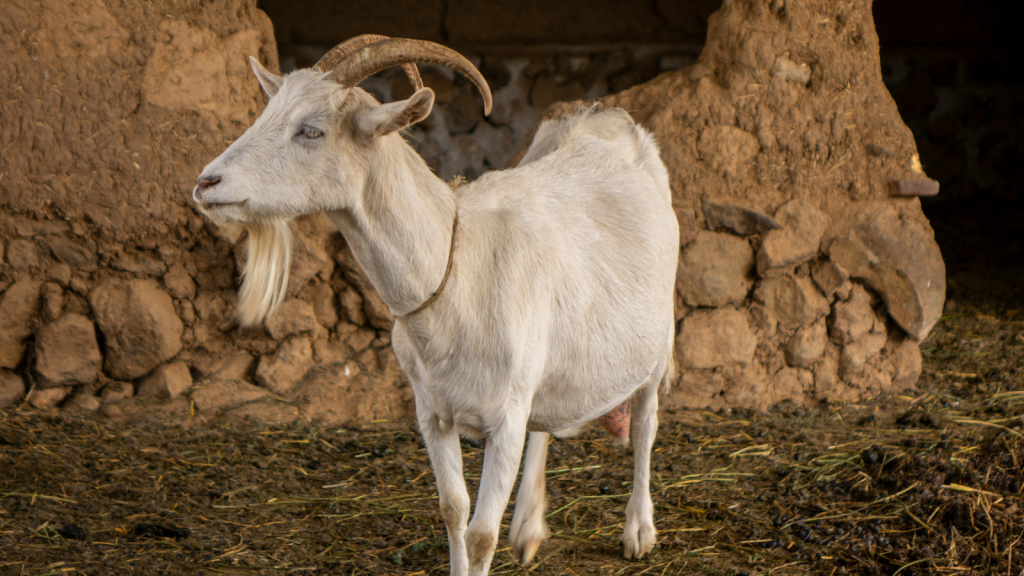
No description can adequately prepare you for buck odor during rut. We housed our first buck too close to the house, and the smell permeated everything – our clothes, the air, even our hair seemed to hold the musky, urine-soaked scent.
Bucks urinate on their beards, legs, and faces during breeding season. They also have scent glands that work overtime. The result is a powerful odor that can travel for miles.
Our solution was to move the buck pen far downwind and install a separate changing area in the barn where we could keep “buck clothes” separate from our regular clothes. Some small-scale keepers skip having bucks altogether and opt for stud services instead.
8. Hoof Trimming Is Essential Regular Maintenance
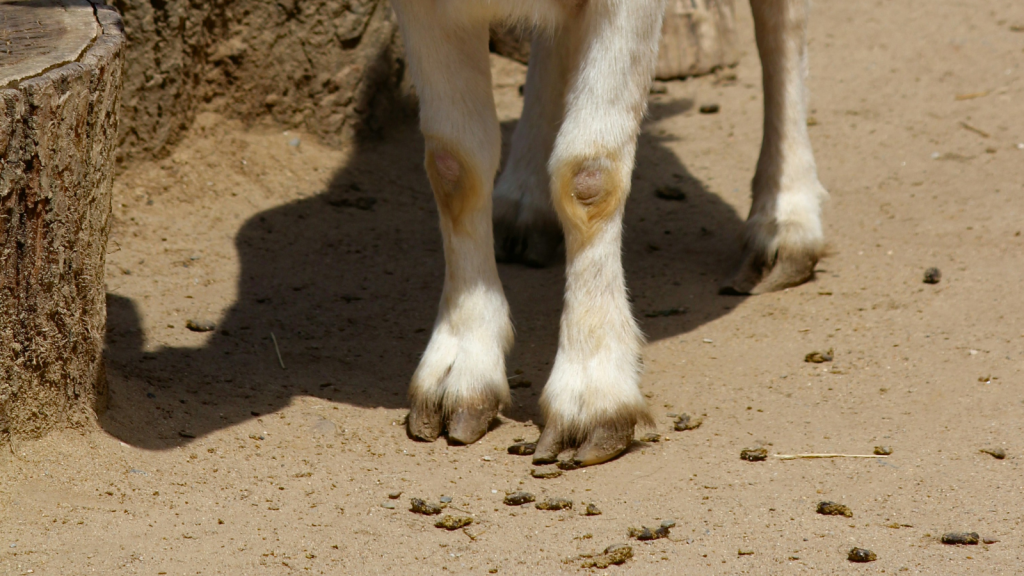
In their natural habitat, goats scramble over rocky terrain that naturally wears down their hooves. In domestication, regular trimming is necessary to prevent overgrowth and foot rot.
We check and trim hooves every 6-8 weeks now, but before we established this routine, we had several cases of painful hoof issues that could have been prevented. A good pair of hoof trimmers is worth its weight in gold.
Set up a comfortable trimming station with good light and proper restraint, and make it part of your regular management schedule. Your goats’ mobility and health depend on it.
9. You’ll Need a Reliable Veterinarian Who Knows Goats
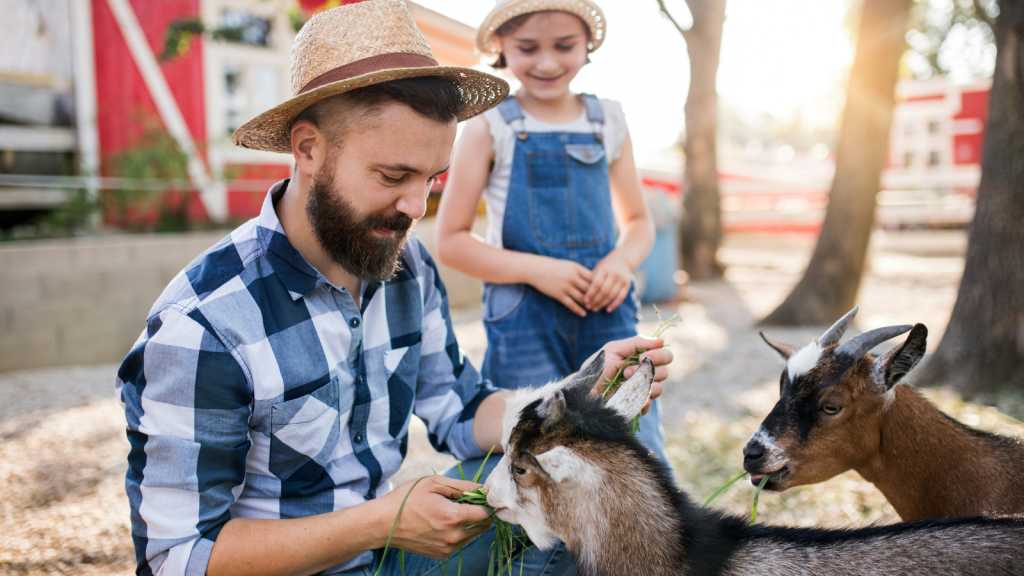
Finding a veterinarian experienced with goats can be challenging. Many vets primarily see dogs and cats, with limited knowledge of small ruminants. When our first doe had birthing complications at 2 AM, we desperately called five vets before finding one willing to help.
Establish a relationship with a livestock vet before emergencies happen. Ask other goat keepers for recommendations, and schedule a wellness visit to get acquainted. Keep emergency contacts handy, and learn basic health assessments and treatments yourself.
We’ve built a small pharmacy of veterinary supplies for common issues, and have learned to administer injections, tube feed kids, and recognize when professional help is truly needed.
10. Breeding Changes Everything
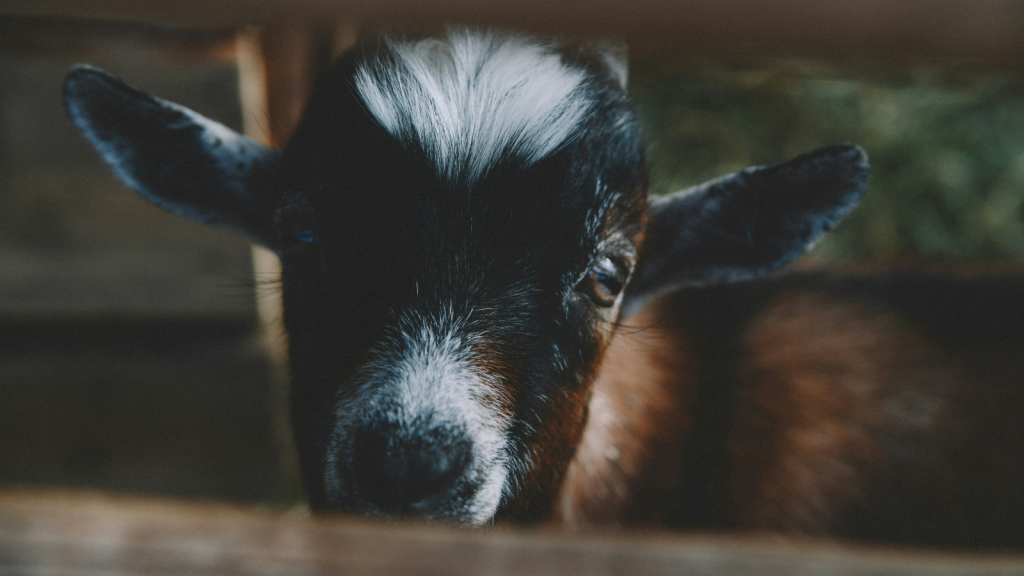
That adorable doe kid becomes a different animal once hormones kick in. Our sweet, handleable doelings transformed into determined escape artists once they hit puberty and detected a buck nearby.
Breeding season brings challenges: does in heat (every 21 days for up to 5 months), bucks who think of nothing but breeding, escaped animals, and potentially unwanted pregnancies. Then there’s kidding itself – the magical but sometimes scary process of birth, followed by the round-the-clock care of newborns.
Plan your breeding program carefully, considering your facilities, time commitment, and plans for the offspring. Be prepared for the full cycle of reproduction, not just the cute kids at the end.
11. Quality Feed Isn’t Optional
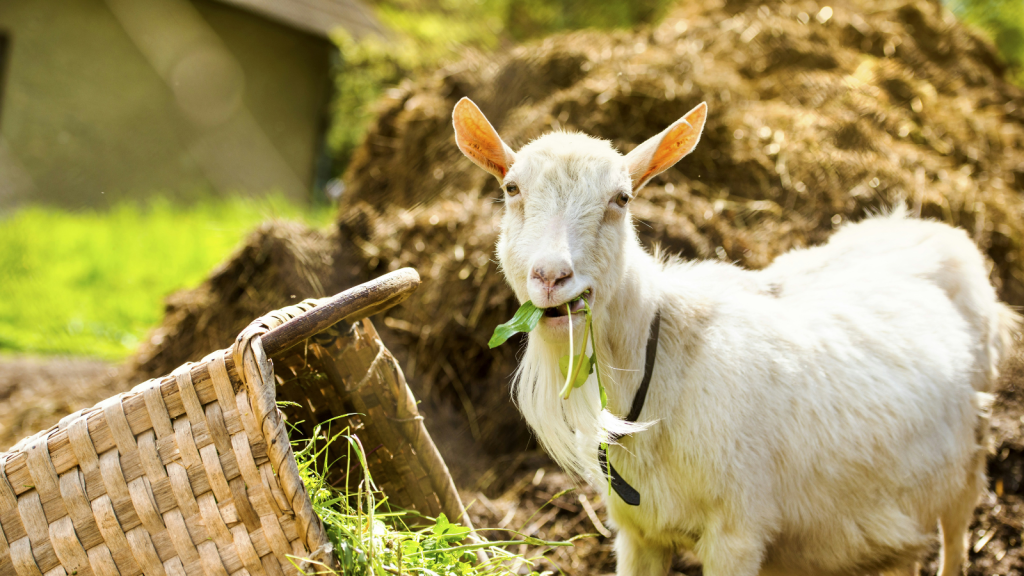
When we started, we tried to save money by buying the cheapest hay available. Big mistake. Our goats wasted most of it, their production suffered, and we ended up spending more in the long run.
Goats are surprisingly picky eaters and need high-quality nutrition. They’ll waste stemmy, dusty hay, and their rumens function best with proper forage. Good hay should be leafy, green, and smell fresh.
We now budget for quality hay, proper grain for lactating does, and good minerals. The improvement in milk production, growth rates, and overall health has been worth every penny.
12. They’ll Steal Your Heart
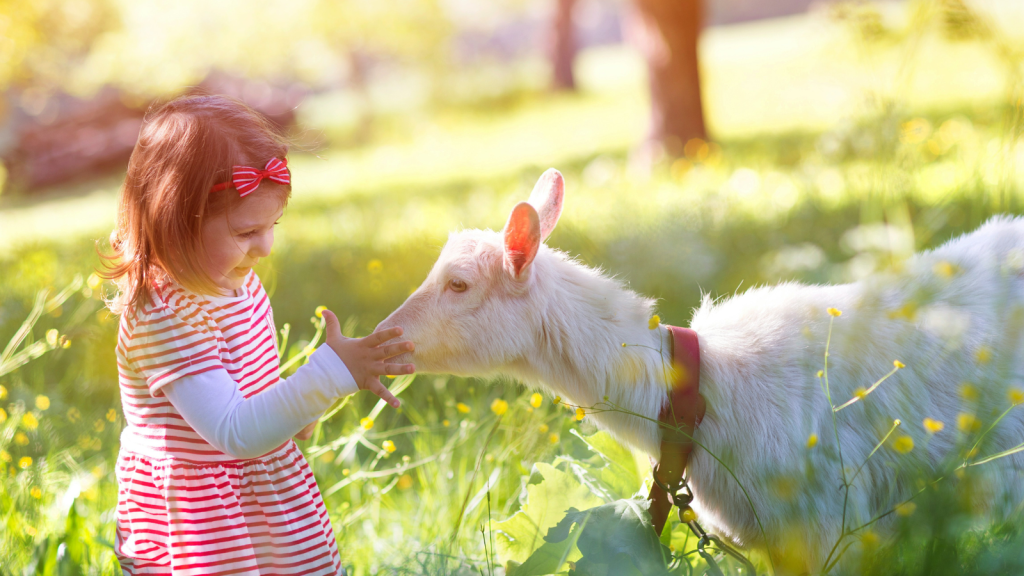
Despite the challenges, expense, and occasional frustrations, our goats have brought immeasurable joy to our homestead. Their personalities, intelligence, and the delicious milk they provide have made all the hard work worthwhile.
From the gentle head-butts asking for scratches to the excited greeting calls when we walk to the barn, goats create a connection that’s hard to describe to non-goat people. Our children have learned responsibility, animal husbandry, and the cycles of life through our herd.
We’ve weathered lost goats, difficult births, health scares, and countless fence repairs, but I wouldn’t trade our goat-keeping journey for anything. I will say that while my wife and kids are deeply attached to some of the goats, we do sell or process those goats that we just don’t have the space to accommodate.
(Properly managed and cared for, goats can be wonderful additions to a homestead. However, this may not be the case if you live in an arid area without adequate browse or have neighbors in close proximity who might object to occasional noise and odors.)
James is a former logistics coordinator and wilderness safety instructor, whose practical experience taught him the value of sensible preparedness and calm resilience. Passionate about self-reliance, James teaches everyday skills—like water purification, emergency communication, and outdoor safety—to help people confidently handle life's disruptions without fear or overwhelm. His approachable style combines real-world insights with relatable, personal stories and experiences.
